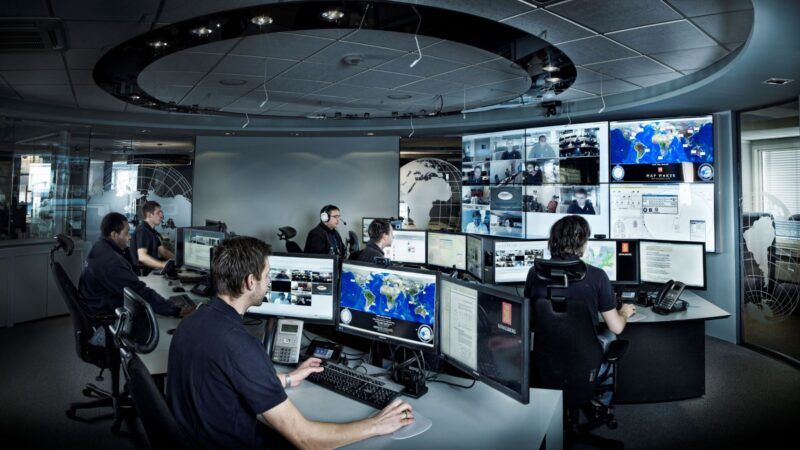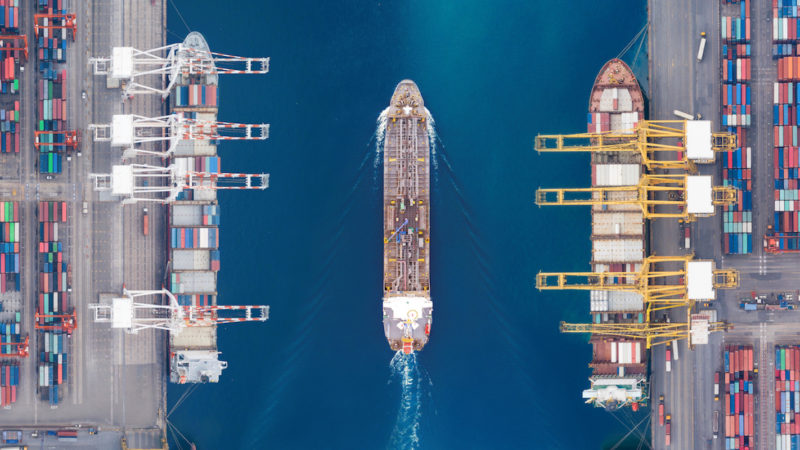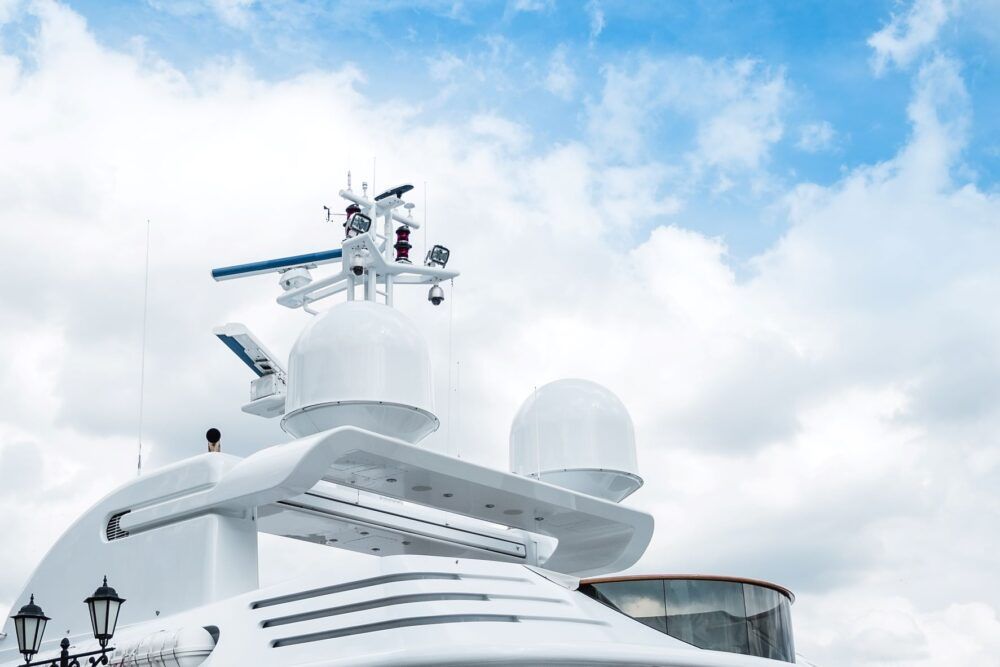 So far, the vessels that have been connected to the internet the most are the military, the oil industry, private yachts and large fishing vessels. (GettyImages)
So far, the vessels that have been connected to the internet the most are the military, the oil industry, private yachts and large fishing vessels. (GettyImages)
Internet at sea: a reality before the landing of Elon Musk’s Starlink
70% of the Spanish commercial fleet is already connected to the internet. But now the field of on-board connectivity is getting more attention after the creation of Starlink Maritime, SpaceX's offshore internet service. What does Elon Musk offer to the industry?
 So far, the vessels that have been connected to the internet the most are the military, the oil industry, private yachts and large fishing vessels. (GettyImages)
So far, the vessels that have been connected to the internet the most are the military, the oil industry, private yachts and large fishing vessels. (GettyImages)
Starlink Maritime: Elon Musk goes to sea
In July 2022, SpaceX launched Starlink Maritime, a service that offers high-speed, low-latency internet at sea at competitive prices. "Starlink Maritime allows you to connect from the world's most remote waters, just as you would from your office or home," reads the company's website.
Thus, Elon Musk's company became one of the companies that offers satellite internet to ships that are far enough from the coast to not reach the network of terrestrial antennas. However, beyond certain disruptive features, the South African entrepreneur's initiative does not offer any exclusive service in a market that was already strong and solid.
"What Starlink Maritime does is nothing new in the world of maritime communications," says Carlos Derqui, Chief Executive Officer of Syntelix, a company that provides intelligent land and maritime satellite communication solutions. "Ships have had satellite connectivity for more than half a century to ensure safety measures. In addition, in recent decades and thanks to improved technology, they have been connecting to satellite networks with VSAT antennas to enjoy the internet".
The degree of penetration of internet services on ships has been lower than on land for technical reasons and because of the conservative nature of the shipping industry. "There has been what we can consider a late adoption," explains Derqui. "However, in recent years the situation has changed. Before, it was common to hear 'I've been sailing for years without the internet, why do I need it now?' But captains have realised that this message is wrong. The internet can bring as many advantages to the sea as it has brought to land.”
The greater the connectivity on the ship, the bigger the security
As on land, the internet can have many uses at sea: it can, for example, improve safety, optimise operational issues and improve decision-making. It provides access to payroll and accounting control systems and is the gateway to Internet of Things (IoT) devices, Big Data tools and artificial intelligence systems, among many other examples.
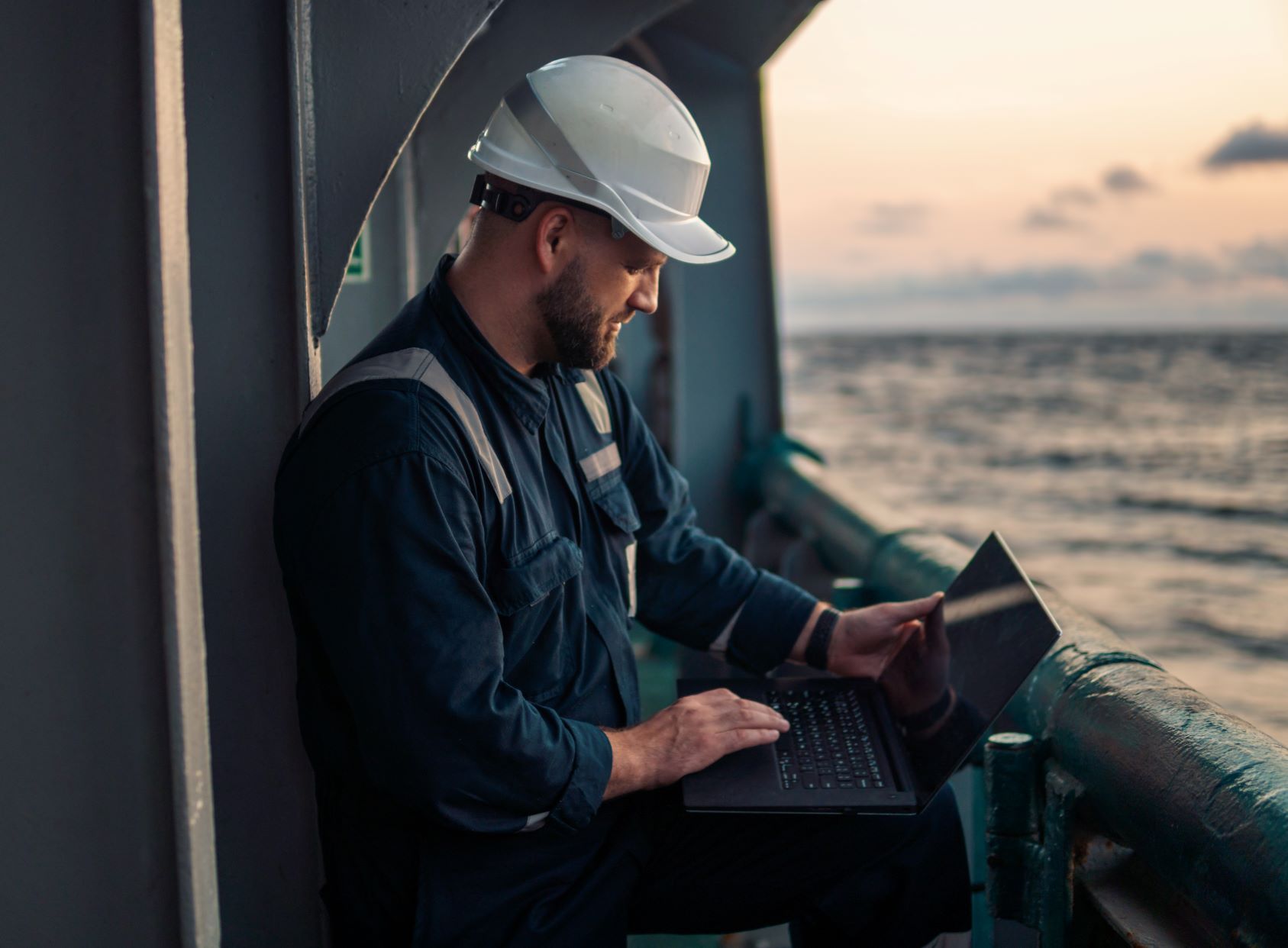
All this makes it possible to improve efficiency and also sustainability. "The internet connection makes it easier to incorporate digital systems that measure consumption, analyse navigation to study how to optimise it or control emissions," exemplifies Derqui.
Another of the great advantages of incorporating the internet into ship life is the improvement in workers' well-being. "In the past, the communication system was a radio used by the captain. Now, the sailors themselves can be connected to their families by WhatsApp," says Derqui, adding that internet access is key to attracting younger workers to the maritime world.
Elon Musk has leveraged his fleet of low-orbiting satellites to offer competitively priced, lag-free internet
More internet, bigger talent attraction
"In the shipping industry there is a big problem of generational replacement, because the new generations do not want to go away for months at a time to sail. But if ships are becoming more comfortable, offer more private spaces and add internet and leisure facilities, this changes. Not so long ago, people went sailing for six months and didn't know anything about what was happening on land. Today this is not the case.”
The welfare of workers in the sector is so important that this year, 2022, the International Labour Organisation itself adopted various amendments to improve their conditions. Among the measures approved is that of guaranteeing more social connectivity and, with it, better access to the internet.
The fact that ships have good connectivity also has advantages for ports, which can receive more information on the arrival and departure times of ships and optimise their operations.
SpaceX's solution for the sea
Elon Musk has leveraged his fleet of low-orbiting satellites to offer competitively priced, lag-free internet. His solution removes some of the drawbacks of satellite communication as we have known it until now.
"The satellites that have become most widespread in recent decades are geostationary satellites, which are at an altitude of 36,000 kilometres and rotate at the same speed as the Earth," explains Derqui. They are very efficient, because they use little energy, but they have a drawback: communication has a delay of about one second. A small delay, but one that can be significant in some contexts and for some users.
In addition to these high-orbit satellites, there are medium- and low-orbit satellites. Among the latter are the more than 3,000 that SpaceX has already launched - and which we can easily see from Earth on clear nights. "With these low-orbiting satellites, which move between 300 and 700 kilometres high, Elon Musk has made the internet lag-free," says Derqui. Starlink's initial goal is to complete a constellation of 12,000 satellites, with the possibility of expanding to 42,000.
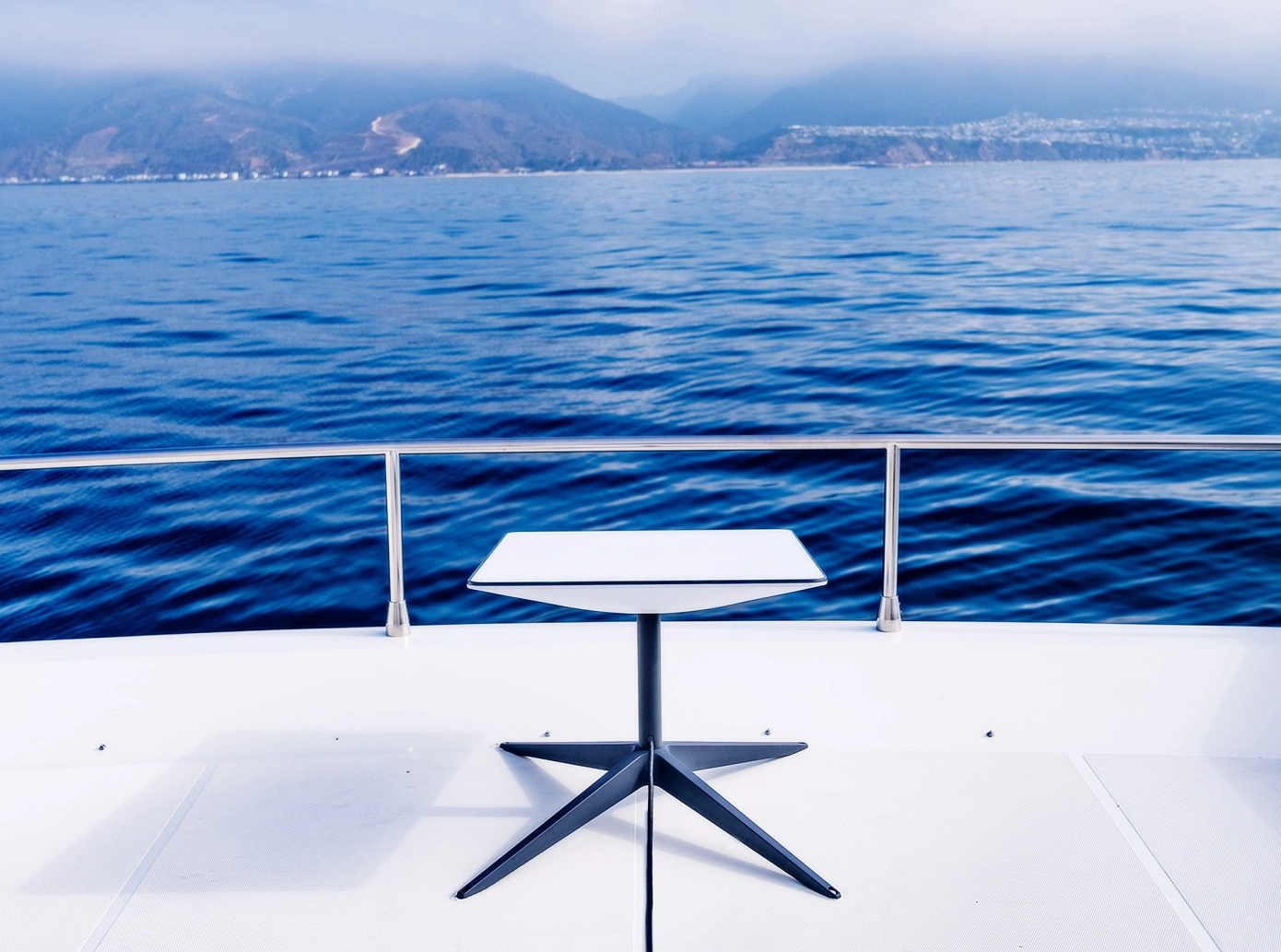
By bringing its satellite internet offering to the world of ships with Starlink Maritime, the company is providing access to a high-speed, low-latency network with downloads of up to 350 Mbps. Among its advantages is its price: installing the hardware costs 10,000 euros and the price of use is 5,000 euros per month. In addition, according to the company, Starlink Maritime's equipment is easy to install and takes up little space on the deck.
For now, its main disadvantage is that it does not cover all parts of the oceans: its coverage is limited to the coastal waters of Europe, the United States, Australia and some Latin American countries. By the end of 2022, the company is expected to provide full coverage of the mid-Atlantic and Pacific oceans, with further expansion in the coming years.
Other operators before Starlink
In addition to Starlink, there are many other satellite operators offering internet connectivity services, such as Intelsat, Hispasat, Inmarsat or Eutelsat. In turn, there are numerous companies offering a wide range of offers to bring the internet to ships.
Starlink is innovative, of course, but it is nothing new, it simply joins the race "to bring connectivity to every ship in the world," says Syntelix's Chief Executive Officer. "Right now, less than half can access the internet. But in Spain, around 70 % of the commercial fleet is connected to broadband (high speed). There are VSAT antennas on Calvo's fishing boats, on Alakrana's tuna boats and on Balearia's ferries, for example," he explains.
So far, he adds, the vessels that have been mainly connected to the internet are military vessels, those belonging to oil companies and private yachts. They are followed by large fishing vessels and it is expected that, in the near future, other smaller vessels dedicated to other sectors will follow.



